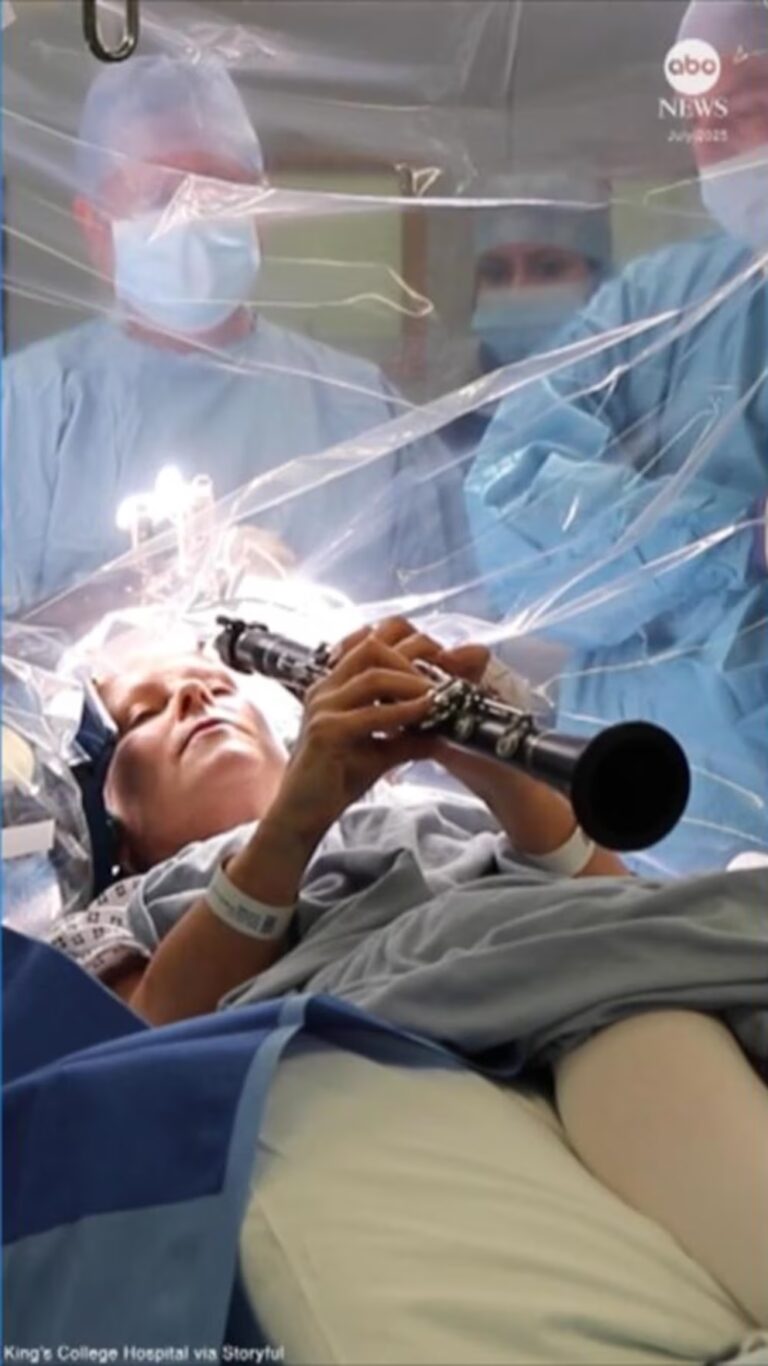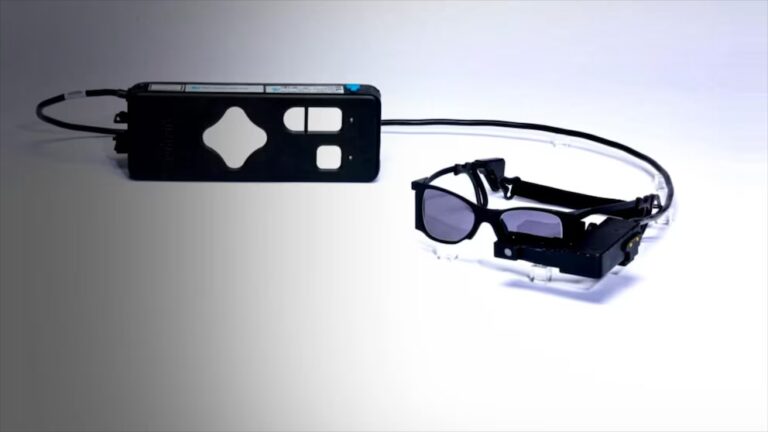
Since Yuri Gagarin got into a rocket and flew into space 60 years ago, approximately 21 lives have been lost in the cosmos, but as space agencies prepare for the first human mission to Mars, many believe the death toll will increase significantly.
Astronauts traveling to Mars will spend at least seven months in a capsule on a route never before completed by humans, and if they survive the trip to Mars, they will face the harsh climate of the Red Plane, among other serious issues leading to death, like starvation and suffocation.
When a crew member dies, it may take months or even years for a body to be returned to Earth, if at all, which raises a not-so-trivial question of what happens to a person’s body when they die in space.
However, in the worst-case scenario, the space explorers could run out of food and the only thing edible is the corpse of a fallen crew member. Experts are studying what occurred in 1972 when a plane with an Uruguayan rugby team crashed into the Andes mountains, which sounds horrific. The surviving passengers had no food and no means of communicating with the outer world while stuck on a mountain, so they made the difficult decision to eat those who had died when the plane went down in order to survive.

This image provided by NASA, assembled from a series of January 2018 photos made by the Mars Curiosity rover, shows an uphill view of Mount Sharp, which Curiosity has been climbing.
According to the report, citing the experts, if the mission’s food supply was disrupted, the astronauts would quickly run out of options.
While NASA does not have defined procedures for coping with death in space, researchers from all over the world have worked to find a respectful way to dispose of a fallen astronaut.

First Humans on Mars (Artist’s Concept)
There are several other probable methods of disposing of a dead body in space. Freeze drying, for instance, in space differs from on Earth in that the body would be held outside the spacecraft, in a cold vacuum, where it would be covered in ice.
If a crew member dies on the approximately more than half-a-year trip to Mars, the body can be frozen or stored in cold storage before the craft lands.
If keeping it cold isn’t possible, the survivors could transfer their deceased colleague into space. It may be seen as the simplest alternative, as the body would become stuck in the direction of the craft and remain exactly where it was released. But if several missions opt for this approach, future spaceships to Mars will fly through a sea of bodies.
A Martian burial would be needed in this situation, but NASA has strict rules against contaminating other planets with Earth microbes.
Wolpe, on the other hand, believes that humanity will be able to adapt to the harsh realities of posthumous treatment in space. We recognize that Earthbound explorers face the prospect of less than ideal funerals if they perish in the field. After all, Mount Everest, according to Wolpe, is a great Earthly model for possible Mars missions because when people die, their bodies simply remain there forever.
Sourse: sputniknews.com






